Studying Astronomy
The Department of Physics and Astronomy offers general education courses, programs of study, community outreach programs, and research in the discipline of astronomy.
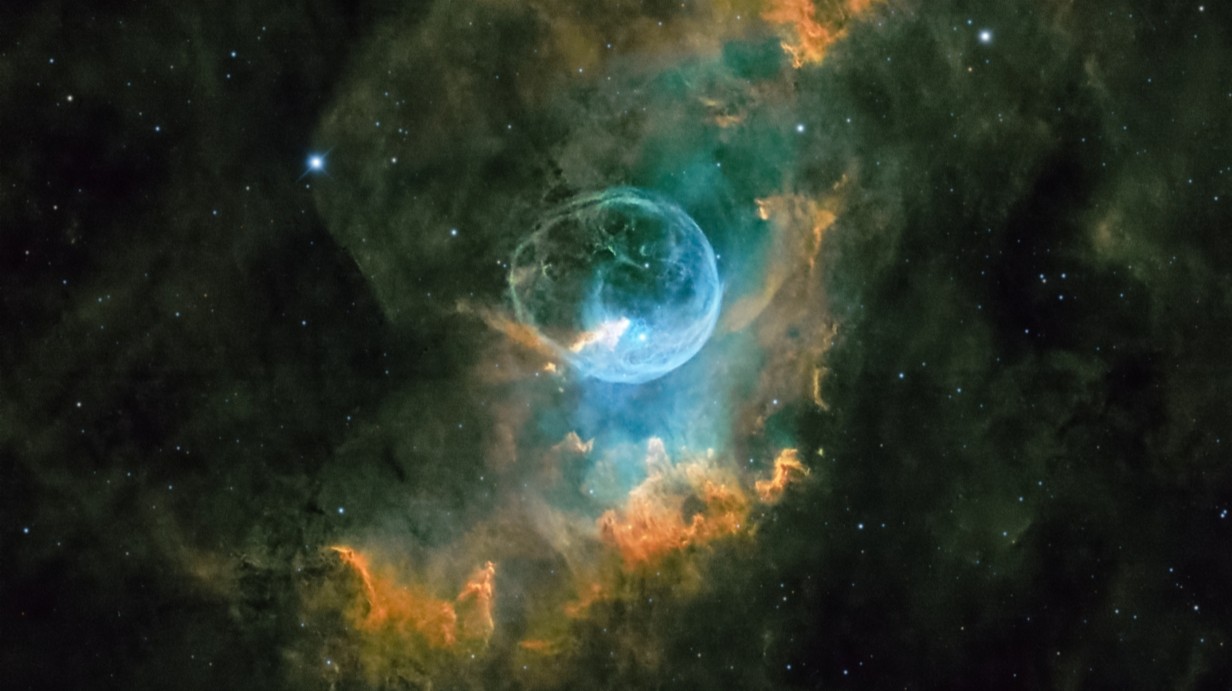
NGC 7635 or "Bubble Nebula" is an emission nebula in the constellation Cassiopeia that is ~11,000 light years from Earth. The "bubble" is created by the stellar wind from a massive hot, 8.7 magnitude young central star.
Photo credit: Dominic Gareau
 Astronomy Program
Astronomy Program
From our earliest days, humans have looked up into the sky and wondered about what we see. This curiosity has only been fueled by the advent of telescopes, and then space telescopes, crewed and robotic missions, and other modern observational methods. Today, humanity has answered many of our questions but even more have revealed themselves.
Astronomy is the study of celestial objects such as planets, stars, and galaxies and the related phenomena such as eclipses, supernovae, and the expansion of the universe since the Big Bang.
The Department of Physics and Astronomy offers astronomy courses, astronomy programs of study, and public events to promote the understanding of astronomy. Our faculty and students push the boundaries of our knowledge on topics related to astronomy as well.
Astronomy Open House
We offer astronomy open houses that are centered around viewings with our telescopes at Kennon Observatory on campus. See our scheduled open house events and what might be visible on those days.
All these events are weather permitting; however, other astronomy presentations will be available indoors case of poor weather conditions. Admission is free. Children are welcome!
Astronomy Resources
American Astronomical Society
Sky&Telescope.org
NASA's Eyes
NASA's Imagine The Universe (ages 14 and up)
NASA's Starchild (ages 5-13)
NASA Kid's Club
Academic Offerings
Our introductory astronomy courses are taken by many students for general education credits. They learn about the wonders of space, from the smallest particles of interstellar dust to the large scale structure of the universe. Students can view the Moon, Jupiter, Saturn, and deep-sky objects like star clusters and nebulae in the associated labs, which include the use of telescopes both on campus and at a remote, dark site.
The Astronomy minor is suitable for anyone interested in space, and can combine this study with their major. They gain observational telescope experience and can take our astrophotography course.
The B.S. in Physics has an optional emphasis in Astrophysics for students who want to learn about the physics driving the behavior of stars, galaxies, and the large scale structure of the Universe.
Interested in Broadening Your Horizons?
For more information about the academic program offerings in astronomy at the University of Mississippi, please contact us!
Jennifer Meyer
- Instructional Associate Professor of Physics and Astronomy
Tibor Torma
- Director of Kennon Observatory and Research Assistant Professor of Physics & Astronomy
Astronomy Facilities and Equipment
The department has a variety of telescopes used in astronomy laboratories and community events.
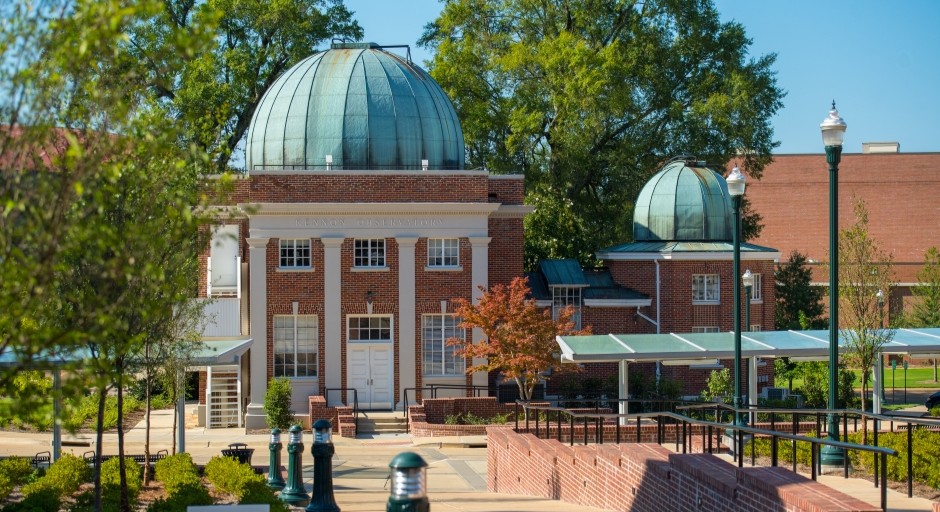
Constructed in 1939, Kennon Observatory consists of two copper-roofed domes and is precisely aligned east to west. It houses several offices and teaching lab spaces. A small tube in the south wall is oriented such that direct rays of the sun shine through it to the floor only twice a year, at noon on the vernal and autumnal equinoxes.
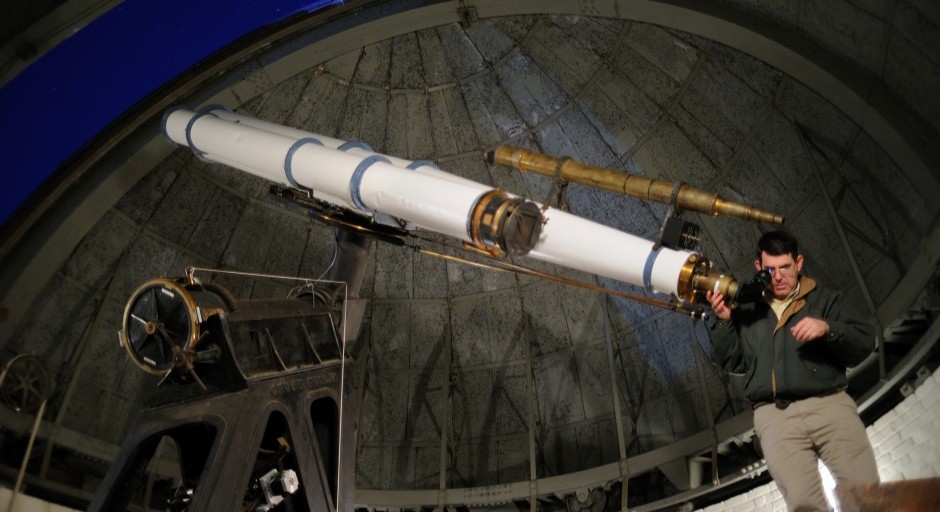
The large dome of Kennon Observatory has a 15-inch refracting telescope, the Grubb Twin Equatorial Telescope, purchased in 1892.
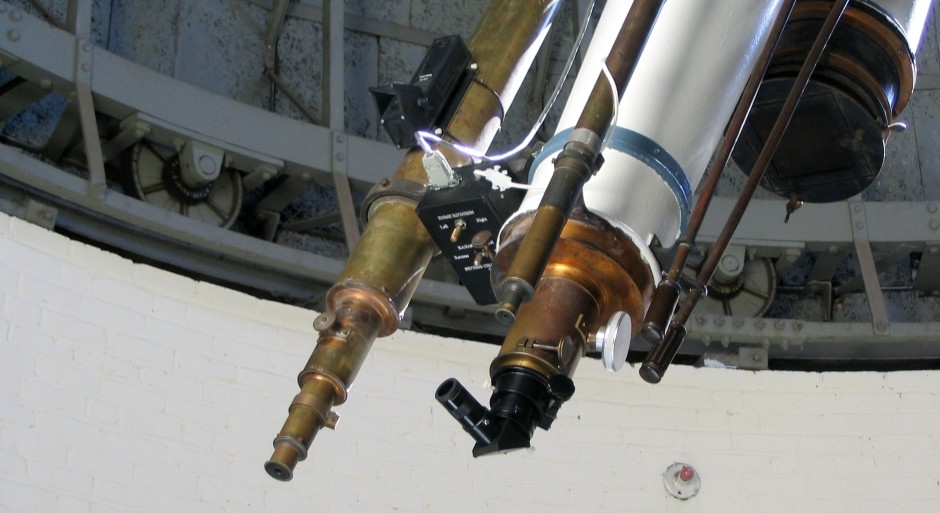
The large dome telescope capabilities consists of 3 co-aligned visual and photographic telescopes: a fifteen-inch f/12 visual telescope, a nine-inch photographic telescope and a four-inch visual telescope.
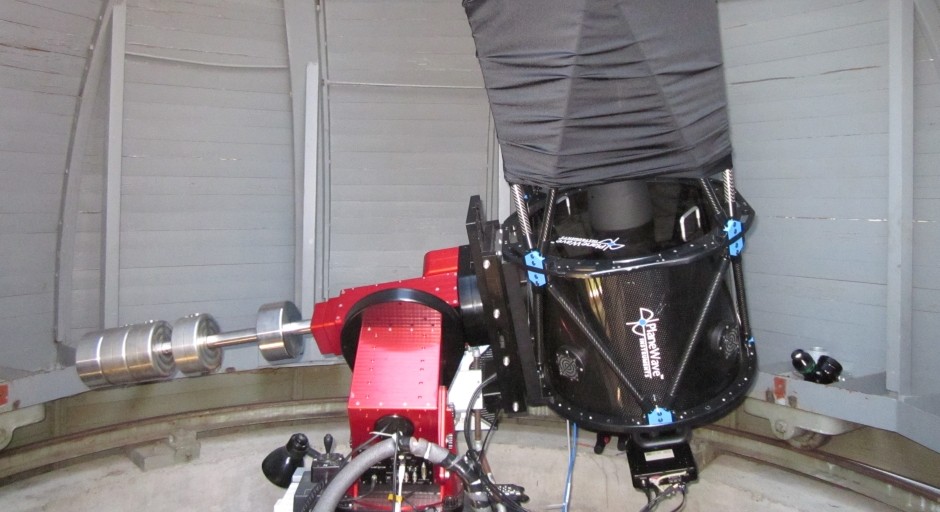
Kennon Observatory's small dome has a 17-inch Plane Wave Corrected Dall Kirkham (CDK) telescope on a Paramount ME mount. It is outfitted with a CCD camera for astrophotography.

Telescopes are also used during the day to view solar events.
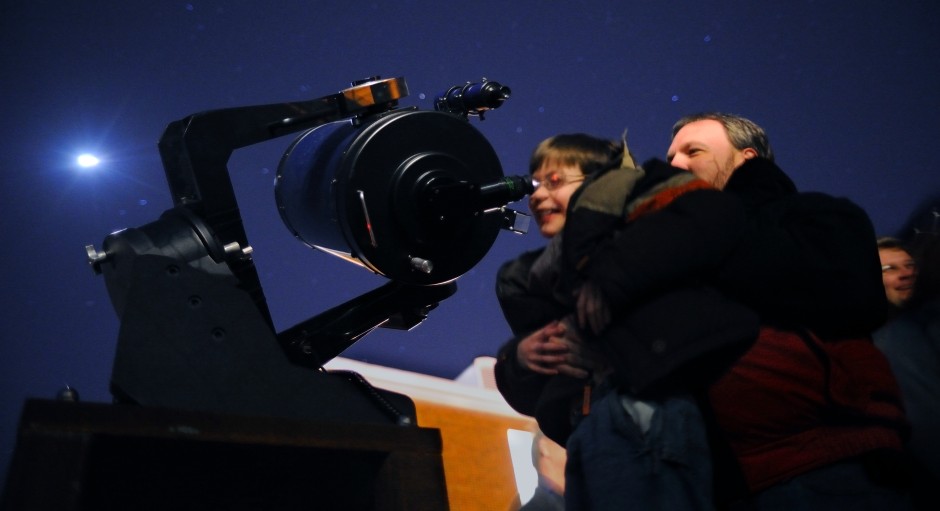
The Astronomy Open House events use the large telescopes in the domes as well as the department's portable telescopes, including a portable 25-inch Dobsonian telescope.

The department has a 'dark site' about 10 minutes south of Oxford that is used regularly for astronomy lab courses.

Astronomy lab courses use 8-inch and 12-inch portable telescopes both on campus as well as at the 'dark site.'
Gravity and Astrophysics Research
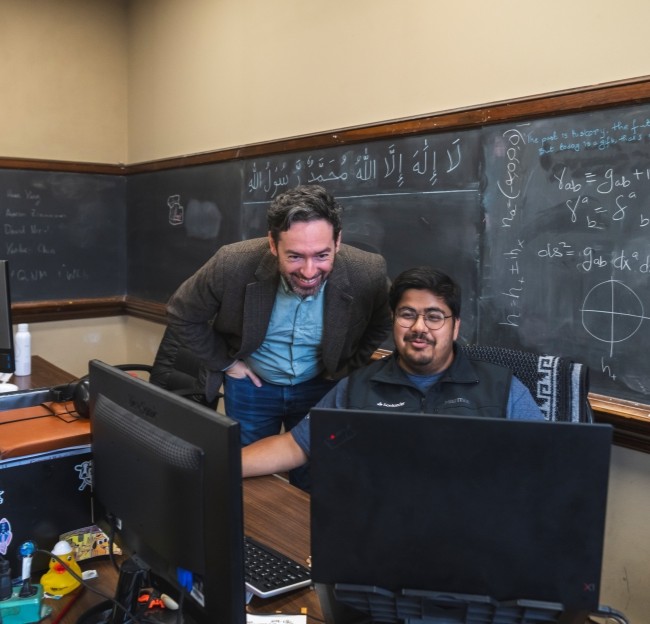
Alfred P. Sloan Research Fellow
Dr. Leo Stein, Associate Professor of Physics and Astronomy, was selected as an emerging leader in STEM innovation as a 2023 Alfred P. Sloan Research Fellow. A renowned researcher of astronomy and black holes, Stein has coauthored articles in the peer-reviewed journal Physical Review Letters and received a Faculty Early Career Development Program Award from the National Science Foundation.

Laser Interferometer Gravitational-Wave Observatory (LIGO)
Dr. Anuradha Gupta is a member of the LIGO Scientific Collaboration and LISA Consortium. She works towards the detection and parameter estimation of gravitational wave signals coming mostly from binary systems composed of neutron stars and black holes.


Undergraduate Research on Blazars
"I am a part of the Dr. MacDonald's Blazar Group. My research project is inverse Compton scattering calculations of Blazar gamma-ray flaring using the "Ring of Fire" Model. My primary activity is running computer codes with the data that is sent to me about the specific blazar."
Elizabeth Goreth
B.S. in Physics, minors in Astronomy and Mathematics
Gravity and Astrophysics Researchers
Our department includes world leaders in astronomical research. Some of our research specialties are black holes, gravitational waves, and intergalactic jets. Want to get involved in some of our research? Learn about our interests below.
Luca Bombelli
- Professor of Physics and Astronomy
Anuradha Gupta
- Assistant Professor of Physics & Astronomy
Nicholas MacDonald
- Assistant Professor of Physics and Astronomy
Leo Stein
- Associate Professor of Physics and Astronomy
